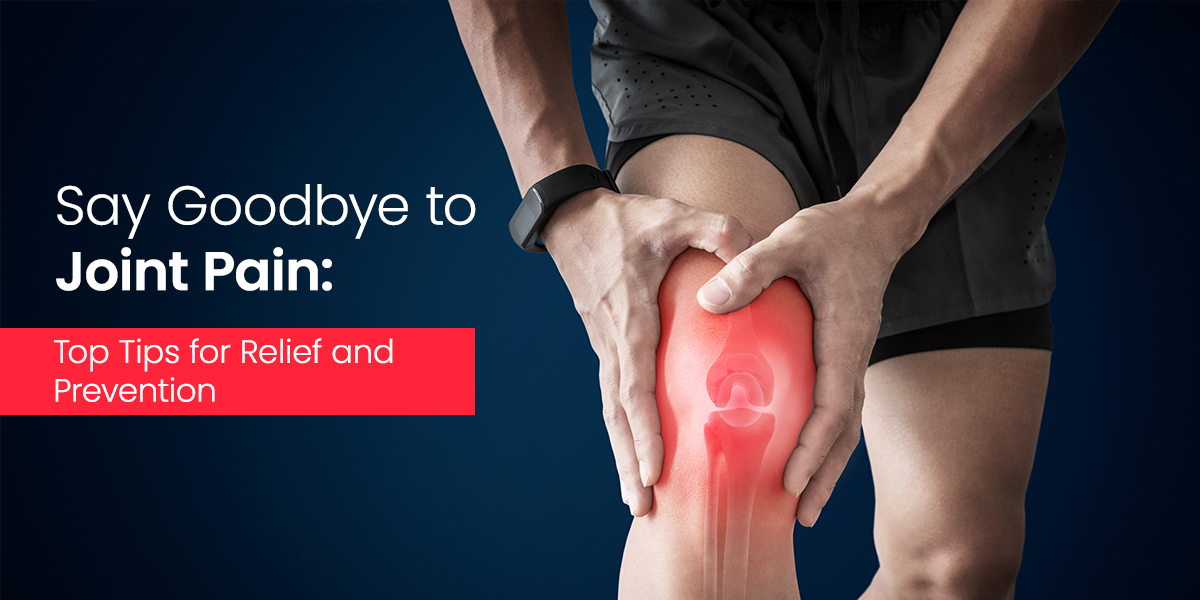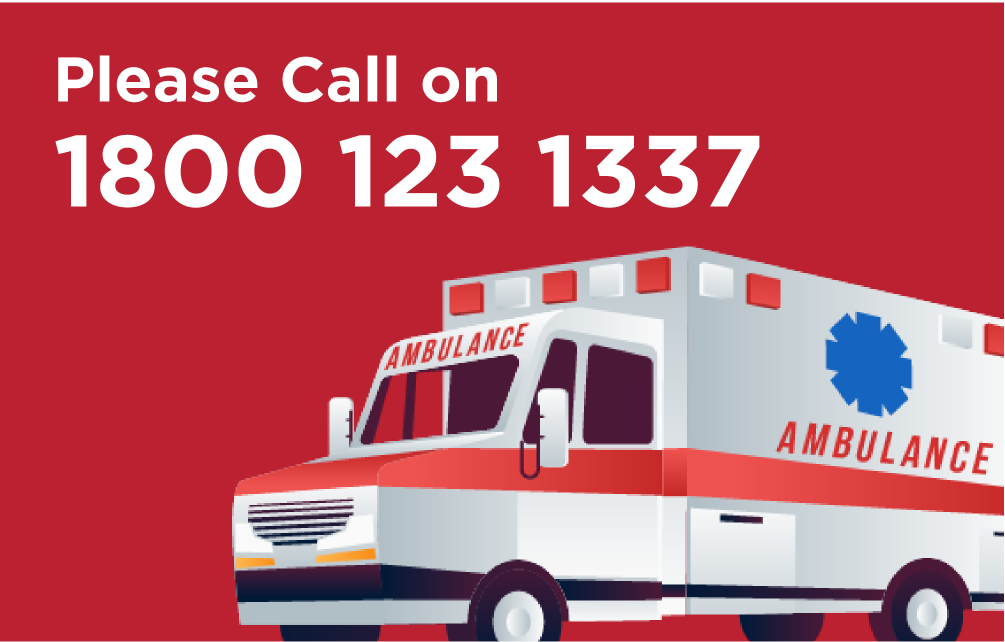Say Goodbye to Joint Pain: Top Tips for Relief and Prevention

Ugh, joint pain! Ever feel like your body’s turning into a creaky old door? You’re not alone. Hundreds of people deal with achy joints, but hey, there’s hope! In this blog, we’ll talk about what causes joint pain and how to finally get some relief. Plus, we’ll throw in some tips to keep those joints happy and healthy in the long run.
What are the Causes of Joint Pain?
Joint pain can arise from a variety of factors, including:
- Osteoarthritis: Your joints have a cushion called cartilage. Over time, this cushion can wear thin, causing pain and stiffness in your joints. This is called osteoarthritis and it’s most common after age 45.
- Rheumatoid arthritis: This is a long-lasting condition that makes your joints swell and hurt. It can even change the shape of your joints, especially in your hands and wrists.
- Gout: This is when sharp crystals build up in your joint, causing sudden and severe pain and swelling. It most often happens in your big toe.
- Bursitis: This happens when a pouch near your joint gets irritated and swollen. It’s common in your hips, knees, elbows, and shoulders.
- Tendinitis: The cords that connect your muscles to bones are called tendons. If you use them too much, they can get inflamed and painful. This is common in your elbows, heels, and shoulders.
Tips for Relief and Prevention
If you’re dealing with joint pain, here are some steps you can take to feel better:
- At-home remedies: Rest, ice, heat, and compression can all help reduce pain and inflammation.
- Exercise: Regular exercise can strengthen the muscles around your joints and improve flexibility.
- Weight loss: If you’re overweight, losing even a small amount of weight can take a lot of stress off your joints.
- Medication: Over-the-counter and prescription pain relievers can help manage pain.
- Surgery: In some cases, surgery may be necessary to repair damaged joints.
Surgical options to relieve joint pain
Surgical options are available to relieve joint pain, but these are considered only when conservative measures like medications, physical therapy, and exercise haven’t provided relief. Here are some surgical options for joint pain:
- Arthroscopy: It is a minimally invasive procedure where a surgeon makes small cuts and inserts a thin, flexible instrument with a camera (arthroscope) to see inside the joint. It’s used to repair cartilage tears, remove bone fragments, and trim inflamed tissue.
- Joint fusion: It is a procedure where surgeons permanently eliminate a joint by fusing the bones together. This surgery is typically used for smaller joints in the hands, ankles, wrists, and spine. While it eliminates pain, it also restricts movement in the affected joint.
- Osteotomy: It is a surgical procedure where a bone is cut and realigned to improve joint function and relieve pain. This procedure is most commonly performed on the knee or hip to redistribute weight away from the damaged area of the joint.
- Joint replacement: It’s a surgical process where an artificial joint made of metal, plastic, or ceramic is implanted to replace a damaged joint. This surgery is most commonly performed on hips, knees, and shoulders. Joint replacement is a major surgery, but it can significantly improve pain and function.
Suggested Read: Arthritis – Know What You Don’t Know
Symptoms to watch out for and when to consult a doctor
- Heat and Swelling: This could indicate an infection, which needs prompt medical attention.
- Severe Difficulty Moving: If your pain makes it nearly impossible to bend, straighten, or use the joint at all, see a doctor.
- Sudden Deformity: A noticeable change in the joint’s shape could signal a serious issue.
- High Fever or Chills: These symptoms alongside joint pain can point to an infection.
- Joint Rash: A rash around the painful joint can be a sign of an underlying condition.
Remember: While the list above highlights concerning symptoms, it’s always best to consult the best ortho doctor if your joint pain is persistent or worsens over time.
Preventing Joint Pain
Here are some tips to help keep your joints healthy and pain-free:
- Maintain a healthy weight: Excess weight puts extra stress on your joints.
- Stay active: Regular exercise helps keep your joints lubricated and strong.
- Stretch regularly: Stretching improves flexibility and can help prevent injuries.
- Use proper form when exercising: This will help prevent overuse injuries.
- Wear supportive shoes: Shoes that provide good arch support can help take pressure off your joints.
Joint pain acts as an alarm, alerting you to a potential problem. While the cause might be unclear, it’s crucial to listen to this warning sign and understanding the source of the pain is key to finding a solution and getting you back on track. By following these tips, you can take control of your joint pain and get back to enjoying life.

 Call-an-Ambulance
Call-an-Ambulance



